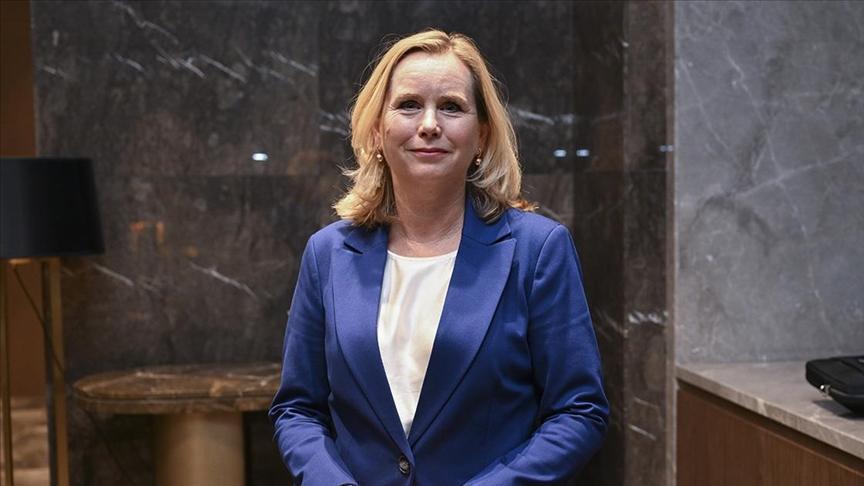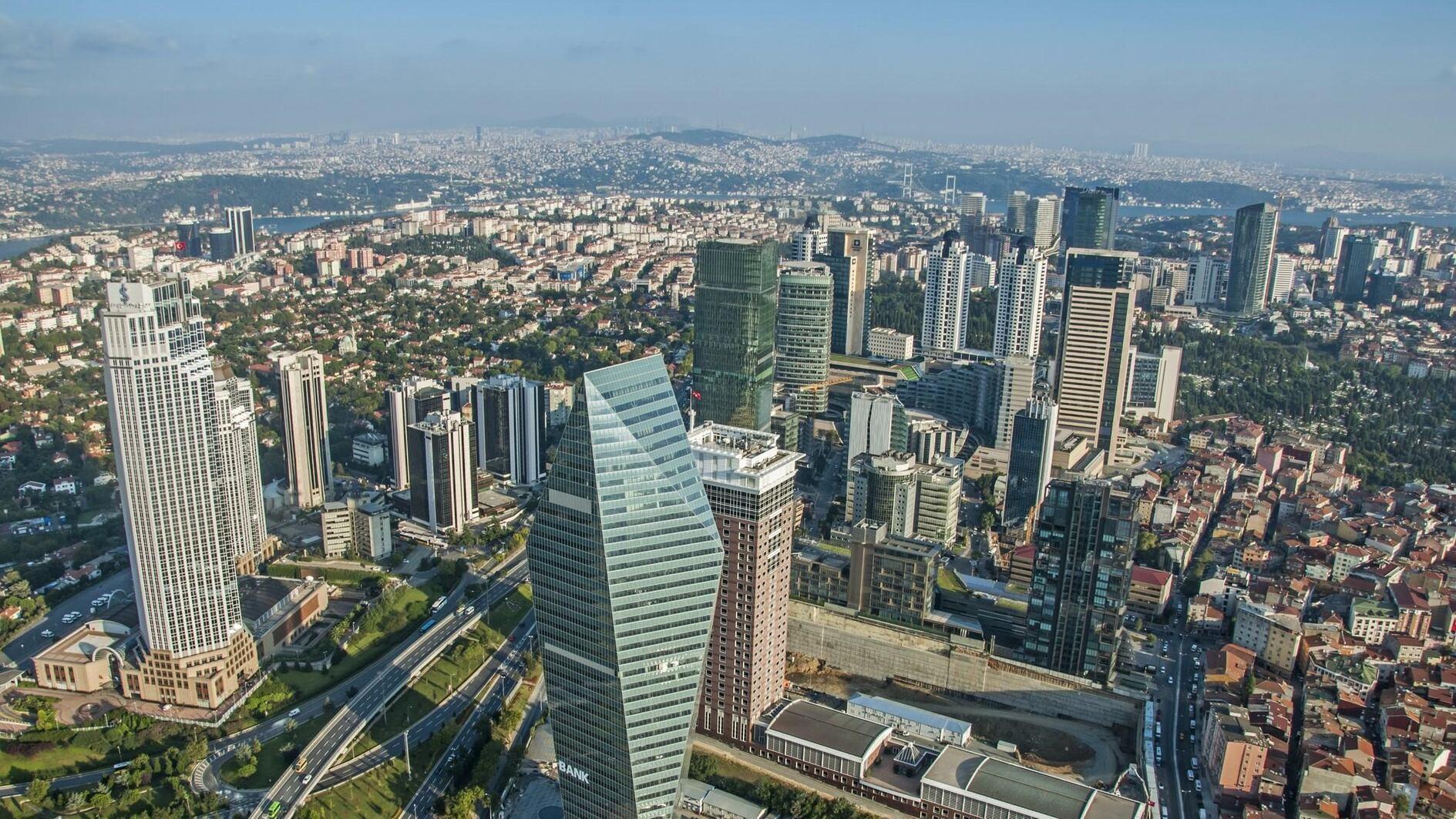Turkey’s longest war
The longer the conflict between the Turkish government and the outlawed Kurdistan Workers Party (PKK) goes on, the less optimistic I am. I not only begin to doubt whether Turkey can remain unified as a nation over the next few decades, but I also worry that a possible partition could be a very bloody nightmare.
Let’s go back in history a bit to understand exactly what we are talking about. Kurds used to be one of the many peoples of the multi-ethnic Ottoman Empire, to which they often showed a strong loyalty. That tradition also lived on during World War I and the subsequent Turkish War of Liberation (1919-22), during which the Kurds fought side by side with the Turks, with a feeling of Muslim solidarity against aggressive “infidels.”
With the formation of the Republic of Turkey, however, Kurds felt fooled and betrayed. Unlike the Ottoman Empire, this new state, whose official ideology was based on Turkish secular nationalism, would tolerate no identity other than a Turkish one. It was therefore no accident that a big Kurdish revolt took place in 1925, just two years after the proclamation of the republic. The revolt was crushed with brutality, only to lay ground for the future revolts. In the first 15 years of the republic, the very era of Atatürk’s one-man rule, hardly a year went by without conflict in the southeast of the country. The revolt in Dersim in 1937, the last Kurdish revolt of that era, was subdued only by aerial bombing and poison gas.
In a sense, the PKK, which initiated the most significant uprising to date against the Turkish government in 1983, was a continuation of this doomed legacy. It had come as a reaction to the military junta regime of 1980-83, which unleashed a reign of terror and restored the crudest forms of forced assimilation. (Kenan Evren, the leader of the coup, famously called the Kurds “mountain Turks.”) Nevertheless, the PKK was, and has been, also driven by its own ideology, which is a combination of fierce Kurdish nationalism, mirroring that of the most far-right Turks, and an orthodox version of Marxism-Leninism.
This “last Kurdish revolt” proved to be the most resilient one, as it still is alive and kicking. So far, it has led to more than 40,000 casualties — a huge death toll at least ten times greater than that in the conflict in Northern Ireland. The stamina of the PKK is certainly a result of its large base among Turkey’s Kurds. Yet, a larger number of Kurds despise the PKK, and give their political support to Turkish parties that try to win their hearts and minds, such as the incumbent Justice and Development Party (AKP), which receives more votes among Kurds than do the pro-PKK parties.
All this makes the “Kurdish problem” in Turkey a very complicated issue with no easy solution. Unlike in Ireland, the separation lines between the two peoples in question (Turks and Kurds) are vague, considering also that there are at least a million mixed families, and with Kurds living all around Turkey, including in Istanbul, which harbors the country’s largest Kurdish population. Besides, while there obviously are Kurds who would happily die for the PKK, there are also those who would rather die than live under the PKK, which is still a “Stalinist” party at its core.
In fact, the government has already met most of the Kurdish demands, while the realization of the others (such as public school education in Kurdish or more local governance in the southeast) is not unthinkable. But the PKK’s commitment to violence, and the consequent hawkishness on the Turkish side, poisons everything. Hence right now, as of August 2012, a peaceful solution still seems very far off.











